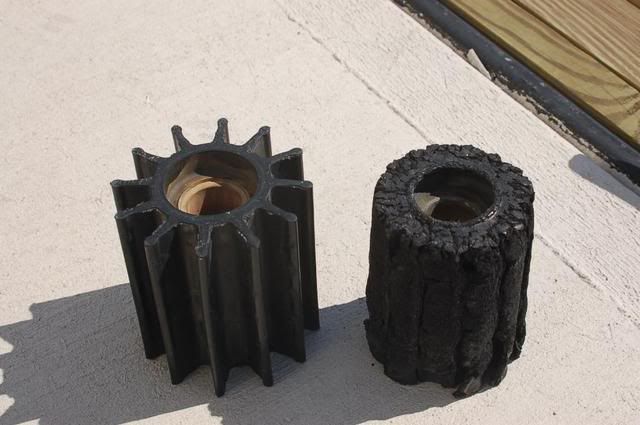It would require a TIG weld to do that, you can literally weld the tips of 2 razor blades together without boogering them by TIG but only if they are steel which they're probably not. But, as Gary said you would be introducing an electrical current to the sensor which would more than likely fry them.
Dumb Q but why not weld in something like an o2 sensor bung into the exhaust and use an actual pyrometer to see the temps first hand on gauges instead of a buzzer? A buzzer suddenly going off would scare the crap out of me briefly until I knew what its coming from. Knowing the actual temps would be nice plus it would give an indication of the running condition between the 2 engines.
SB
Dumb Q but why not weld in something like an o2 sensor bung into the exhaust and use an actual pyrometer to see the temps first hand on gauges instead of a buzzer? A buzzer suddenly going off would scare the crap out of me briefly until I knew what its coming from. Knowing the actual temps would be nice plus it would give an indication of the running condition between the 2 engines.
SB



